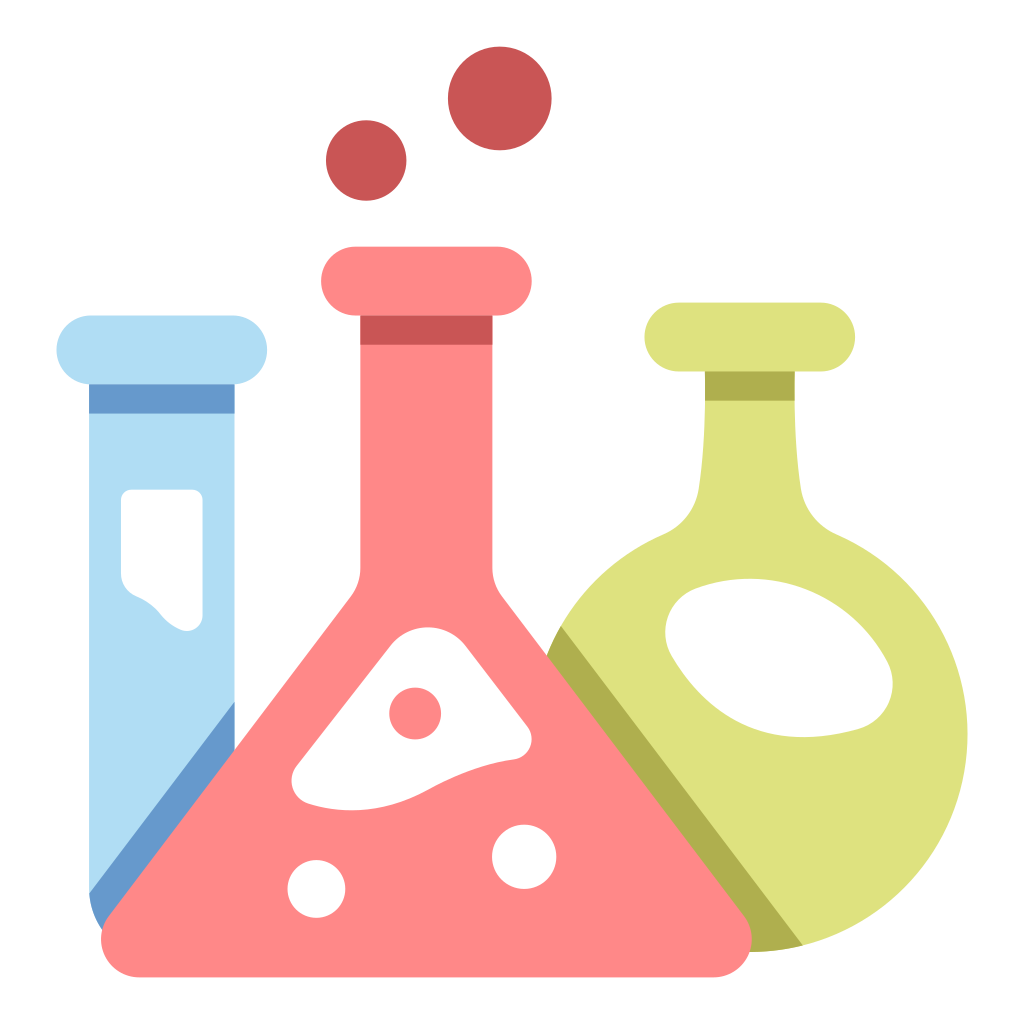Food additive with flavor enhancing function.
It is a natural acid, present in all proteins. For industrial use, it is obtained from plant matter. Glutamic acid is an amino acid produced by the human body, not needing it from outside sources. It is used by the brain as a neurotransmitter and by the intestines as an energy source. Some studies have shown that glutamates have a neurotoxic potential in children and even in adults, while other studies didn’t. However, the neurotoxic potential is real, because glutamate (like aspartate from aspartame) is a neurotransmitter and the brain’s cerebral blood barrier, which protects the brain from toxins and excess neurotransmitters is underdeveloped in children and in adults it may not protect all cerebral areas or it may be deteriorated. Thus, glutamate is transformed in a so-called excitotoxin, which excessively stimulates the neurons, destroying them irreversibly.
Glutamic acid and glutamates represent the most important and most intensely used additives in Japanese and Chinese cuisine. It is used to accentuate the flavor and taste of natural foods. They give the “umami” taste (delicious in Japanese), considered to be the fifth basic taste, along with sweet, sour, salty and bitter.
They can be added in any food, including alcoholic and non-alcoholic beverages in proportions of up to 1%, thus allowing the required amount of salt to be reduced. A proportion higher than 1% cannot accentuate the taste furthermore
e953 Isomalt
Food additive with multiple functions. It is a natural product with anti-caking, thickening, emulsifying, glazing role and is a substance-support for other additives and sweeteners. Due to its high temperature stability, this sweetener is successfully used in heat-treated…
details